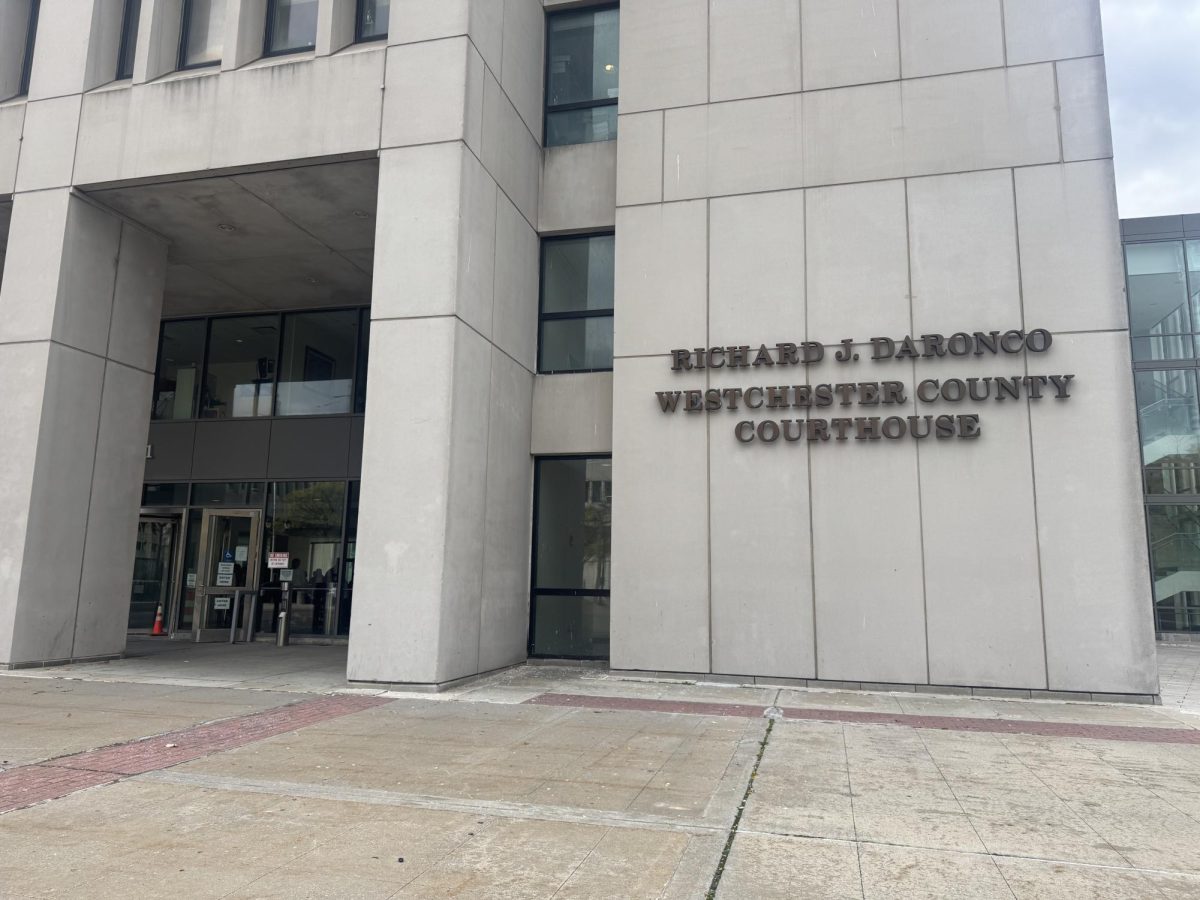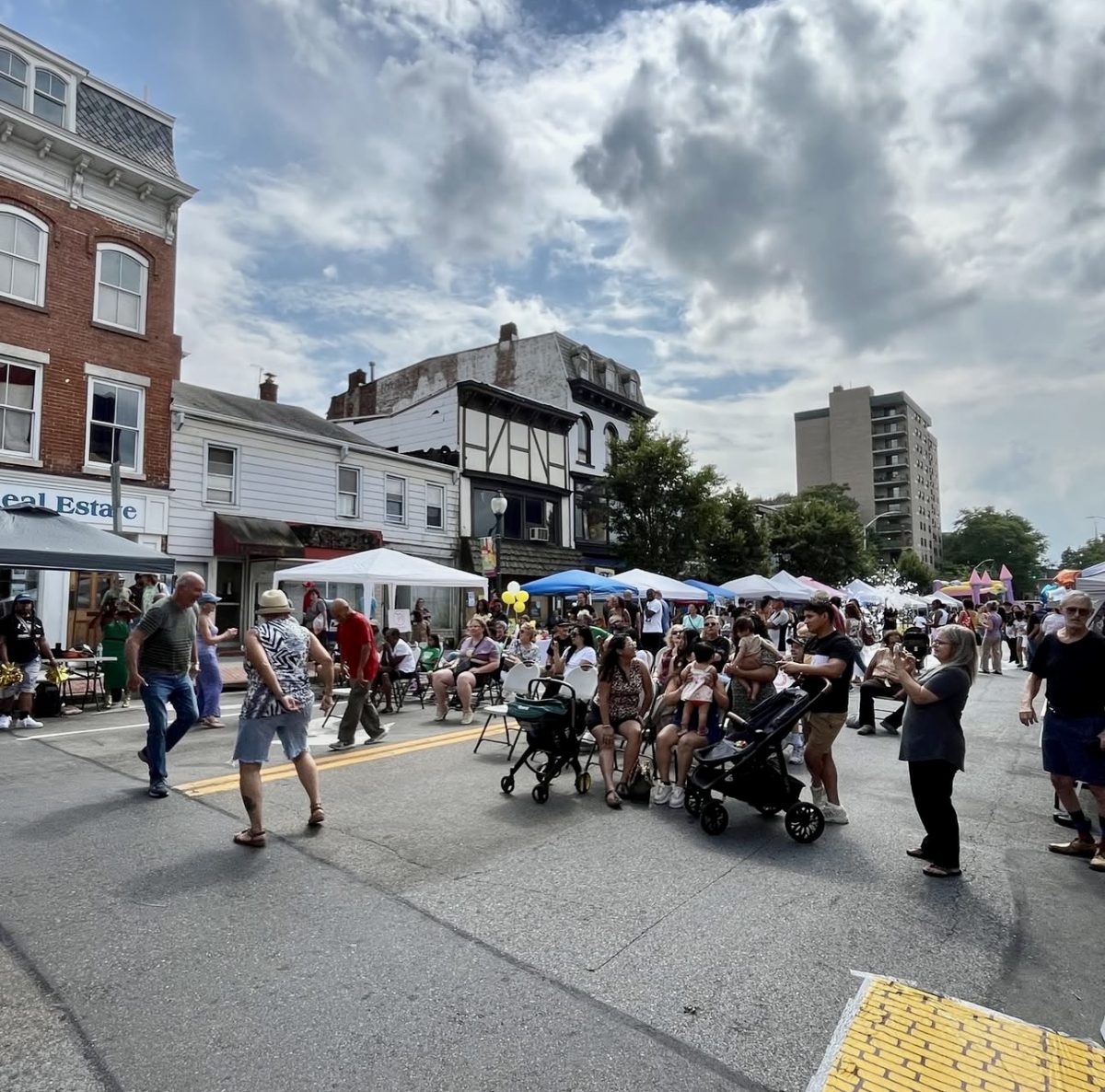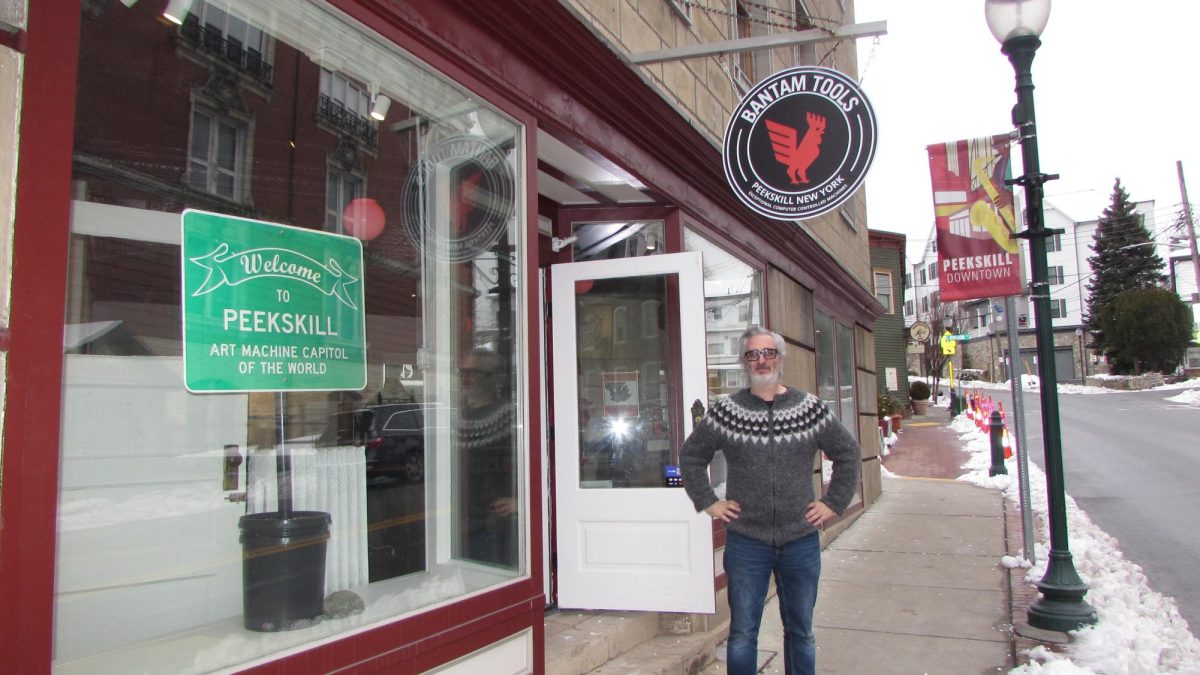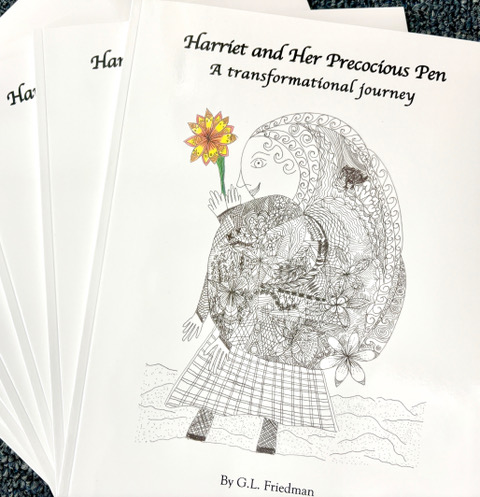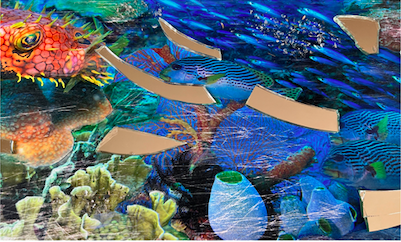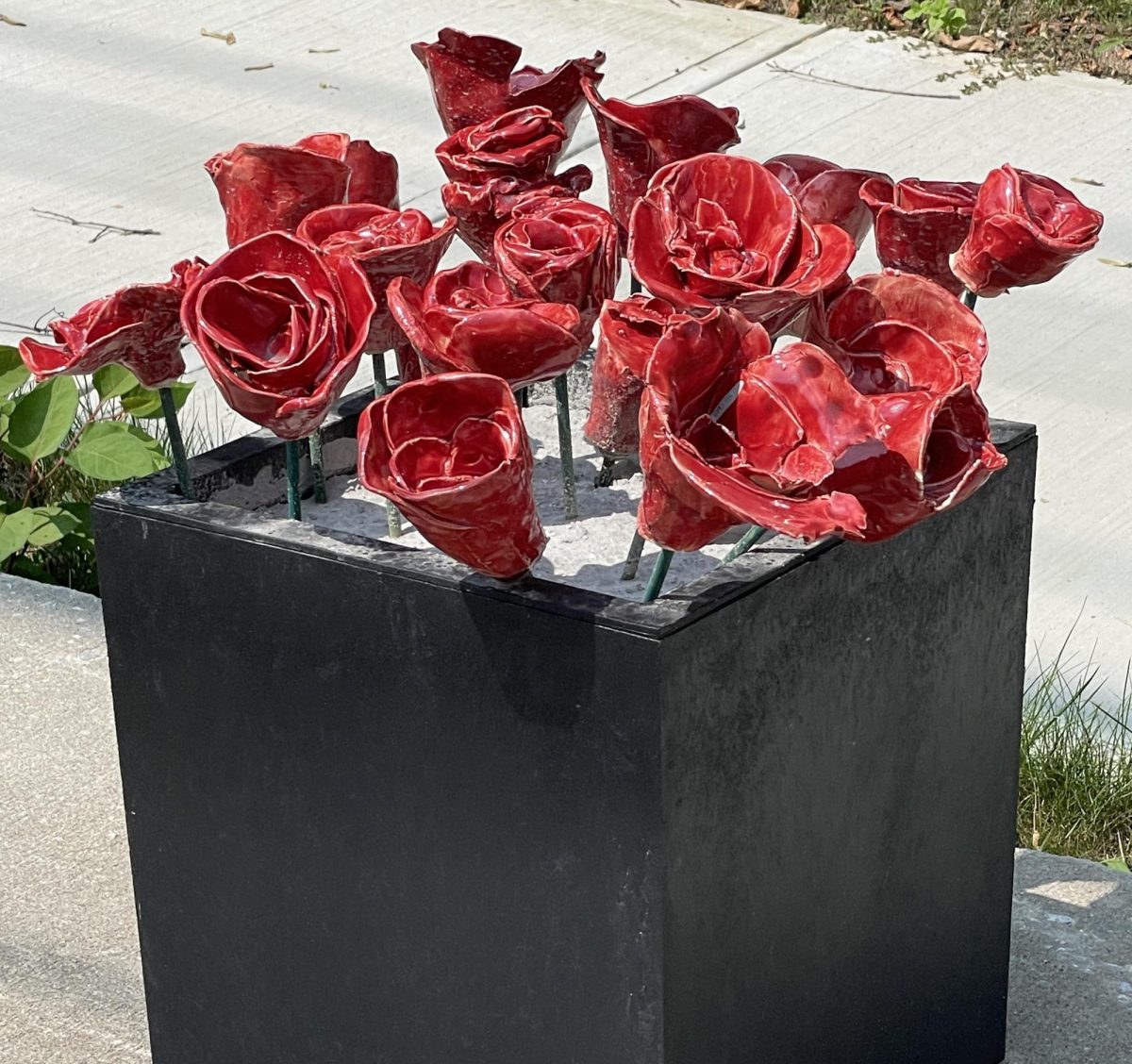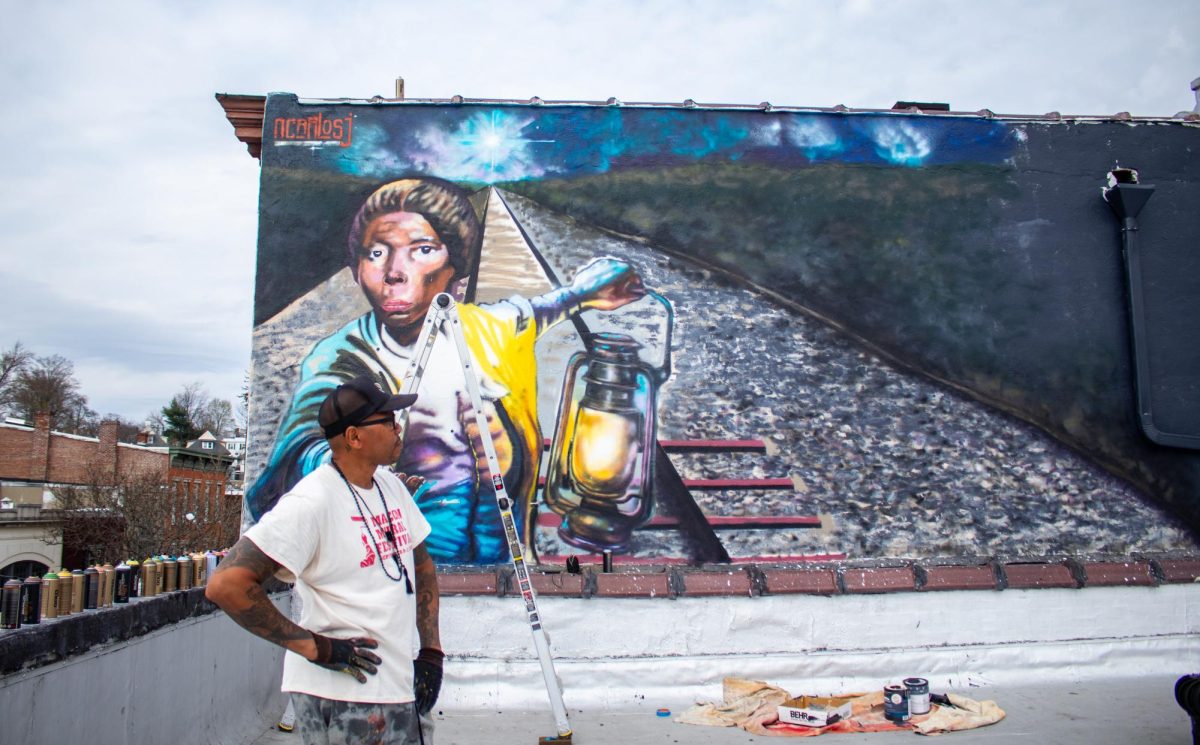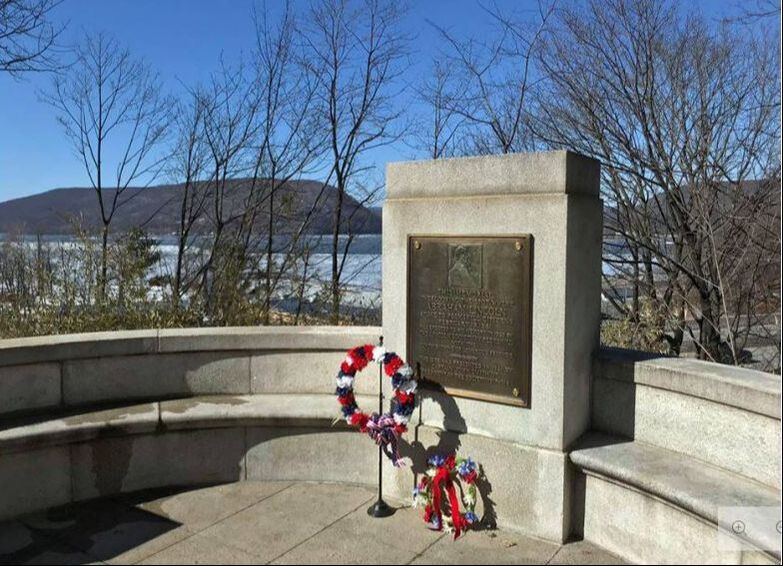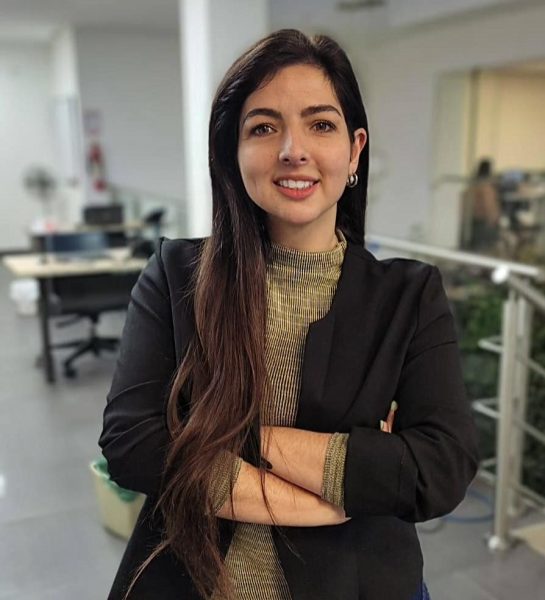On South Division Street, a welcoming, luminous, and vibrant gallery prepares to receive the community this evening (Friday, October 3) in Peekskill. The walls already display a series of monochromatic portraits. Perfectly positioned, they seem to come to life with the three-dimensional effect that only the tip of a pen can achieve.
Peekskill Change-Makers & Icons is the name of the exhibition — which the Peekskill Herald visited a day before the opening — portraying national heroes and local leaders. The show, organized by Bantam Tools Machine Arts Gallery under the leadership of Bre Pettis, is a project that seeks to link the history of social justice with the legacy of the city.
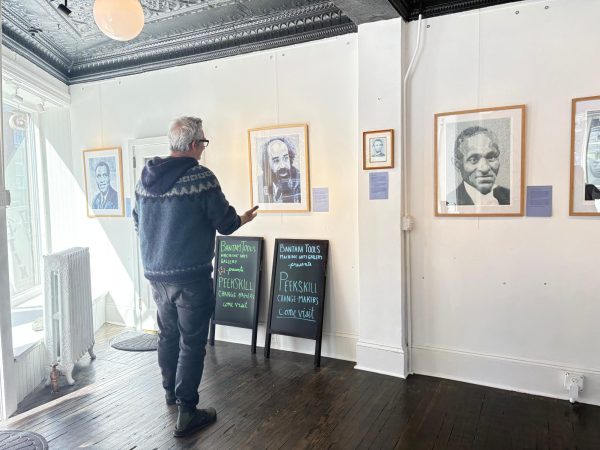
Although the idea of gathering the portraits and stories of such influential figures is already impressive, the technique used to create these images is also remarkable. They were produced through a hybrid system: digital and mechanical. Photographs of each subject were transformed into vector drawings, and from those files, a machine developed by Bantam Tools reproduced them physically line by line. The device, called the ArtFrame Art Machine System, uses special pens and takes several hours to complete each portrait.
The exhibition features nine change-makers, historical and local figures who influenced the community and social justice movements. Beyond a mere account, Pettis encourages a space for reflection. “I know lots of people love to complain; I would like to focus on the people who are doing something about it, rather than just complaining,” Pettis explained during a gallery tour.
The gallery walls now host the faces of Richard E. Jackson Jr., the first African-American mayor elected in New York State; W. Haywood Burns, born in Peekskill, a lawyer and civil rights activist who, as a teenager, led the campaign to integrate a public pool and fight segregation. “He is my favorite,” mentioned the exhibition’s creator.
Also included are Hawley and Harriet Green, owners of a home and businesses in Peekskill who acted as a safe station on the Underground Railroad, offering refuge to people fleeing slavery; Harriet Tubman, conductor of the Underground Railroad and abolitionist leader; Frederick Douglass, former slave, speaker, and key abolitionist writer; Harriet Beecher Stowe, author of Uncle Tom’s Cabin, a work that influenced public opinion against slavery; Paul Robeson, artist and activist with historically relevant regional connections; Abraham Lincoln, whose inaugural train stopped in Peekskill and where he delivered a brief speech on February 19, 1861; and George E. Pataki, a native of Peekskill who was a local mayor before serving as governor of New York State, during which he signed relevant laws on hate crimes and included sexual orientation as a protected category in the state.
“So many of these stories are not told enough, like I did not know W. Haywood Burns. I did not know about him, okay, and so he should be more famous in some ways. Like it is non-trivial, yeah, no. They were superstars,” Pettis emphasized.
Art as the Origin of New Art
Pettis explained that the idea for the exhibition originated from a mural by Shepard Fairey in Washington, D.C., commemorating a high school student who was killed in a shooting in Florida.
“One of the things that it was just inspiring to see is somebody’s mission on the wall. There are people from history in Peekskill I would love to amplify. I’d like to showcase who they are with the idea of having a better world,” he said.
Pettis undertook an extensive research process to arrive at the nine names that marked history. He knows that some names will inevitably be missed, but this is the first step of a much larger project he continues to develop. “I could not find any change makers that were Spanish-speaking. Okay, that is a missing piece. We’d love to fix that,” he said.
In this way, he hopes to receive support from the community to identify all those icons that can be made visible through art. In the future, he plans to display the portraits on banners distributed throughout the city.
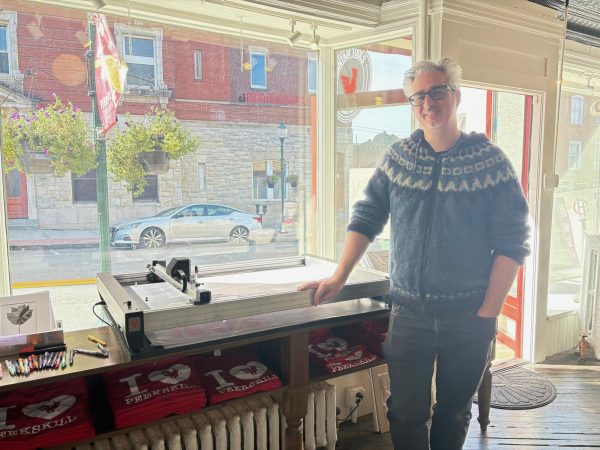
A Meticulous Process
Mechanical precision and creativity are the formula for these pieces, which according to Pettis took two and a half months to come to fruition. The first eight weeks were spent programming the system. During the last two weeks, each portrait was drawn.
When asked about the exact operation of the machine, Pettis elaborated on the engineering: “Our machine takes what’s called an SVG file, which is a file made up of lines, and it draws the lines for this project. I found photos of these folks, and then I use the program to pixel, make them into pixels, my program then also draws lines and then creates the design file.”
The artist’s goal was for the technique to tell a story as well. It is a slow, meticulous process, just like the social change enacted by these figures, which did not happen overnight.
“So when it draws, I can draw a square … then I would have it go… and then pause, and then you could switch in the color and do different colors.”
A Powerful Message
Diversity, admiration, and inspiration are only part of the message Pettis wants to share with the community. For him, the idea that someone from your own city made a great change is motivating.
“There is no better time than now to be inspired by people who have made change and been leaders. I think we are in a time where we need change and leaders… You can show that just one person can be the difference,” he said.
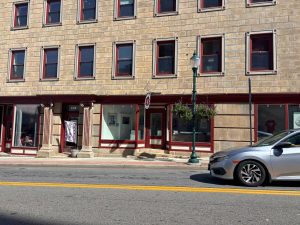
Another important aspect revealed in the gallery is a reflection on how art can be a transformative and powerful tool that everyone can see and even engage with.
“Sometimes people do not know they can be an artist, and they meet an artist, and they are [thinking] somebody actually does this.”
The main event this evening offers an opportunity to meet the creator of the works. Pettis even invited family members and close associates of some of the icons and hopes to see them at the reception, which will extend until 9 p.m.
The exhibition is presented at the Bantam Tools Machine Arts Gallery, located at 107 S. Division St., Peekskill, NY, and will remain open to the public until October 12, 2026. Visitors may explore the gallery on Saturdays and Sundays from 10 a.m. to 6 p.m.
“I want people to come here and be like, I am from a place where people have historically changed things for the better … maybe I can do this too.”







